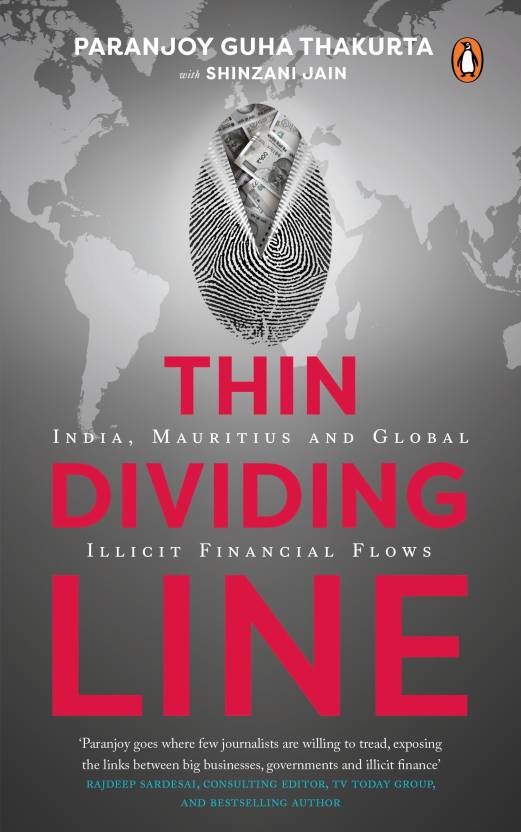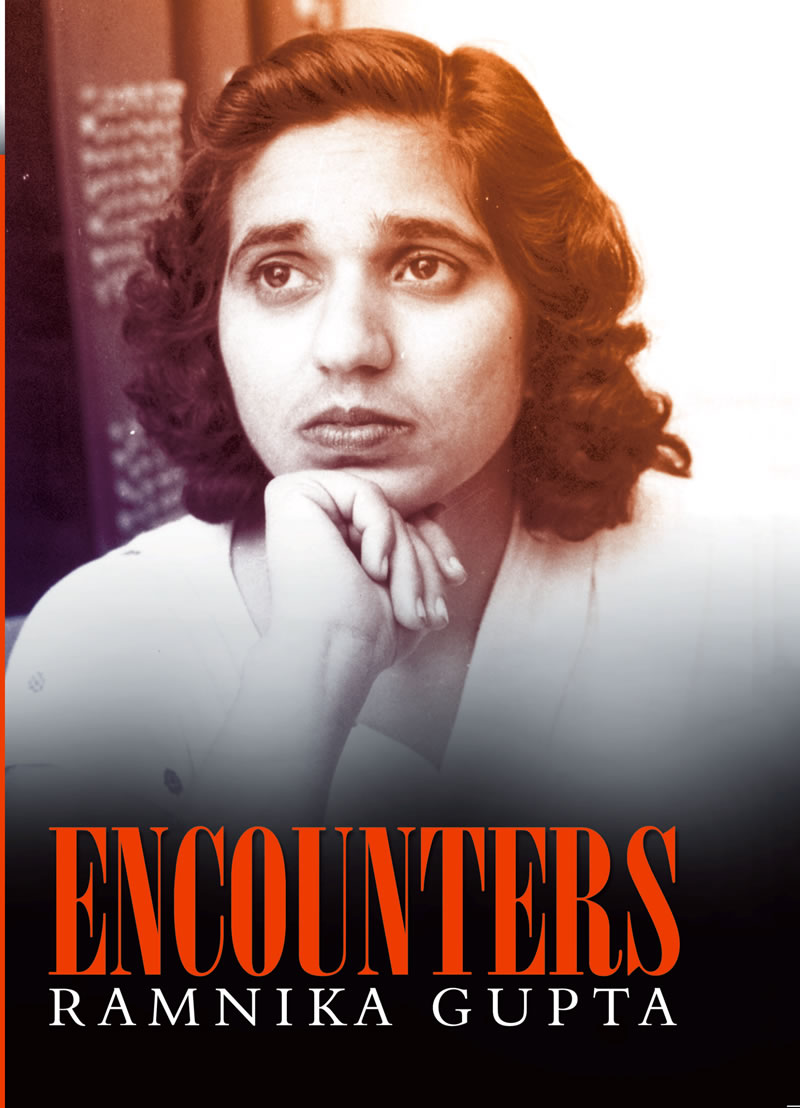On August 15, Prime Minister Narendra Modi announced the Pradhan Mantri Jan Dhan Yojana, a financial inclusion scheme that will ensure that at least one member of each and every family in India not only has a bank account with a debit card, but is also provided an overdraft facility of Rs 5,000, a life insurance policy of Rs 30,000 and accident insurance cover of Rs 1,00,000. On August 28, the day the scheme was launched, the government announced that 15 million new bank accounts had been opened and that it had set a target of opening 75 million new bank accounts by January 26, 2015.
There are a number of important issues that must be addressed if the PMJDY scheme is not to meet the fate of previous government initiatives aimed at bringing the poor within the ambit of the organised financial sector — either they were partially successful, or degenerated into scams.
The opening of a bank account is not financial inclusion by any stretch of the imagination, although it marks the first step in a long journey towards that direction.
Much needs to be done to ensure that after a bank account is opened it remains active. It will be a while before the poorest families are in a position to save even small amounts regularly.
What do the numbers look like in a country with 1.25 billion people, of which anywhere between a fourth and a third are considered desperately poor by any method of measurement of a poverty line? Various estimates have been made, but it can be conservatively claimed that at least 40 per cent of the total number of households in India — or two out of five families — still do not have a single member with a bank account. Against this proportion, some 650 million Aadhaar cards are supposed to have been issued.
Even after a bank account is opened, it has to be ensured that the account is capable of receiving funds from government welfare schemes that are directly transferred to the holder of an Aadhaar card. Only if the holder of an Aadhaar card has a seeded bank account will she or he be able to receive cash transfers directly.
There are many other imponderables and challenges to be overcome before the PMJDY can be successfully implemented. How the overdraft facility will be operationalised is not clear. A lot may depend on the perception of the bank employee on the credit-worthiness of the account holder. This could restrict the number of people who benefit from the facility.
Alternatively, in the absence of systems of checks and balances to prevent misuse, abuse, extortion and corruption, the overdraft facility could become one more loan waiver scheme which would further erode the financial viability of banks that are groaning under the weight of non-performing assets, a euphemism for loans not repaid.
Details of providing accidental insurance cover and a life insurance policy to those who open new bank accounts are not known yet. But it is certain that rolling out these schemes will entail a subsidy outgo that will have to be borne by someone or the other. As is almost inevitable, the bulk of the subsidy burden will have to be borne by the public sector — the government, the banks and/or the insurance companies.
The poor in India, in urban as well as in rural areas, certainly want to avail of financial services that the rich or the middle classes take for granted. In the absence of quality financial services that are safe and reliable, the poor become the biggest victims of those who operate dubious “cheat” funds and other money circulation schemes. Many of these non-banking financial companies, which operate in the grey area between the letter of the law and its spirit, have been able to get away with impunity, although some of their promoters have found themselves behind bars in recent months.
The examples of the Sahara and the Saradha groups come readily to mind.
Over the last few years, the Reserve Bank of India has announced a series of guidelines aimed at easing the know-your-customer norms for opening bank accounts. The list of officially valid documents that can be used as proof of identity and proof of address has been expanded, making it much easier for illiterate individuals and migrant workers to open bank accounts. Even those without documents but considered “low risk” potential customers can open a temporary account with the assistance of an empathetic employee of a bank. It is easier today than ever before to open a bank account that has been variously described as a “zero balance” or a “no-frills” account.
In recent years, a number of committees have been set up to recommend ways in which financial inclusion can be expedited. Such panels have been headed by, among others, Raghuram Rajan, the current RBI governor, K.C. Chakrabarty, former RBI deputy governor, and Nachiket Mor of the ICICI Bank. These committees have made many suggestions.
We were told that micro-finance institutions (MFIs) and self-help groups would be of great help. But some of these institutions got embroiled in controversies and their promoters were considered no different from the typical, avaricious village money-lender. These MFIs could, at best, supplement the efforts of — but hardly replace — the traditional bank.
It was claimed that business correspondents (BCs) of banks or “barefoot bankers” with wireless-enabled micro-automatic teller machines (ATMs) would bring banks to customers instead of customers having to travel long distances in rural areas to reach a branch of a bank. The monthly salary of BCs has been upped to Rs 5,000, but the incentives that are to be given to them for raising deposits remain inconsistent. Not surprisingly, the expansion of the BC scheme has been halting, uneven and erratic.
The way the PMJDY has been highlighted so far appears to indicate that the government is more keen on meeting targets of opening new bank accounts than in ensuring that the poor of the country are able to not just enter the financial system, but also participate in productive economic activities. Ever since India’s banking system was nationalised by Indira Gandhi in the late-1960s, there have been innumerable initiatives aimed at assisting the poor which left a lot to be achieved. Will the PMJDY be any different?


